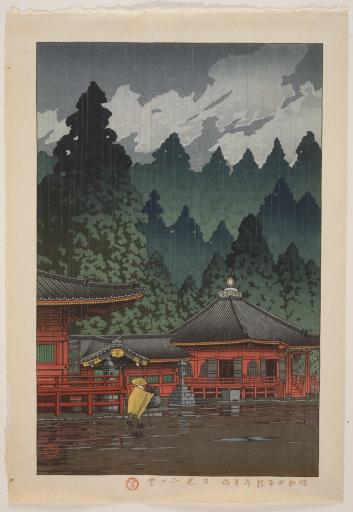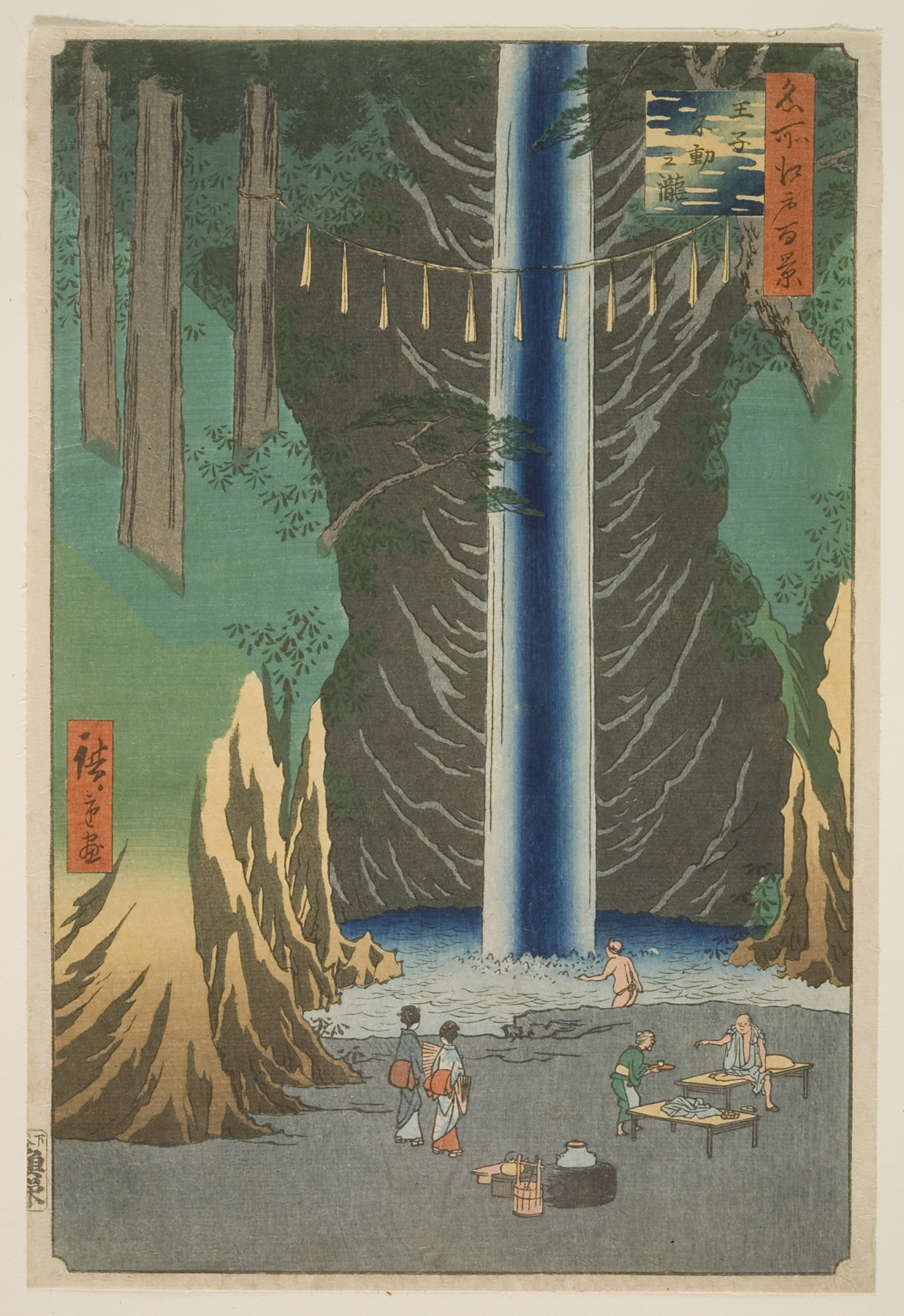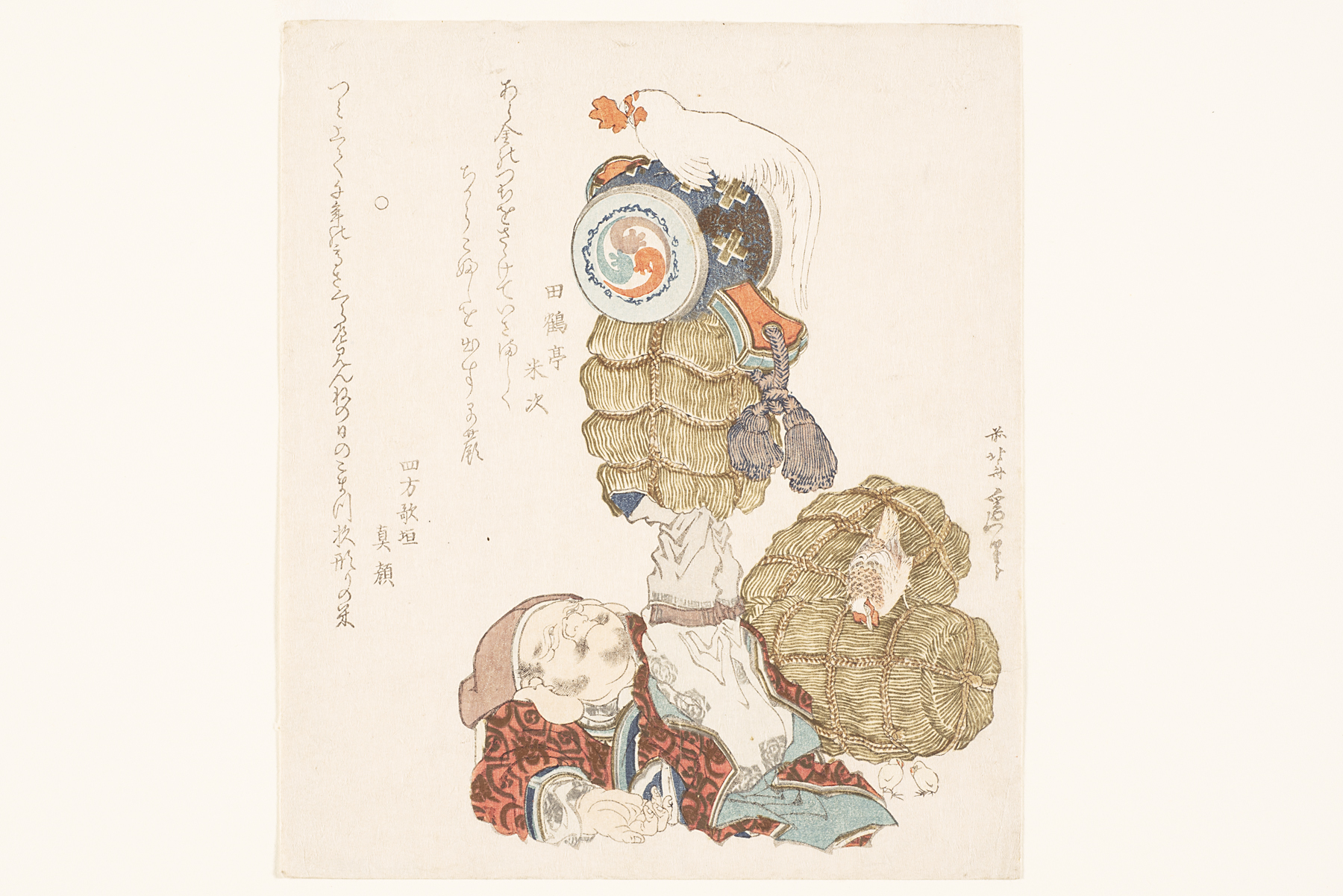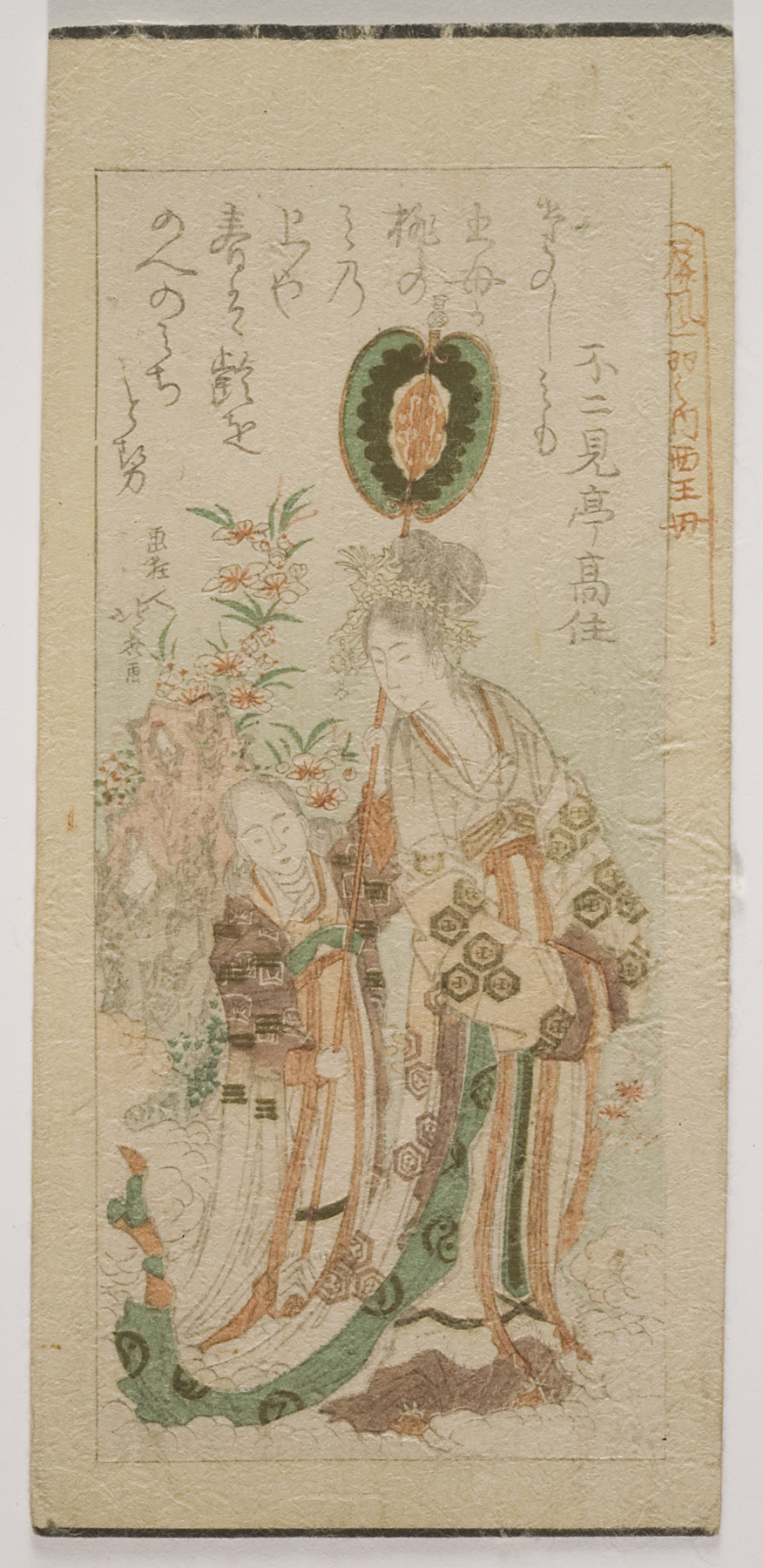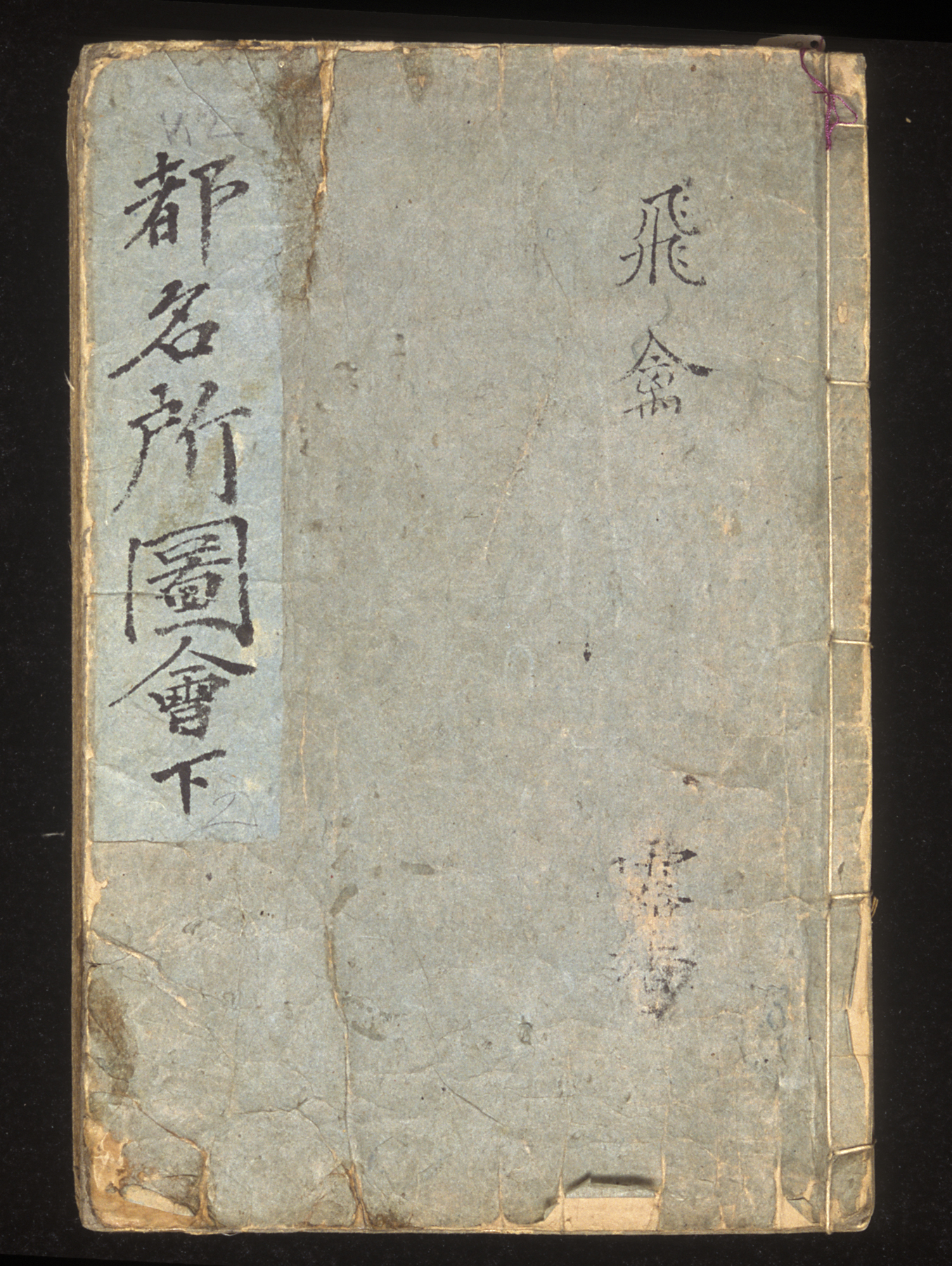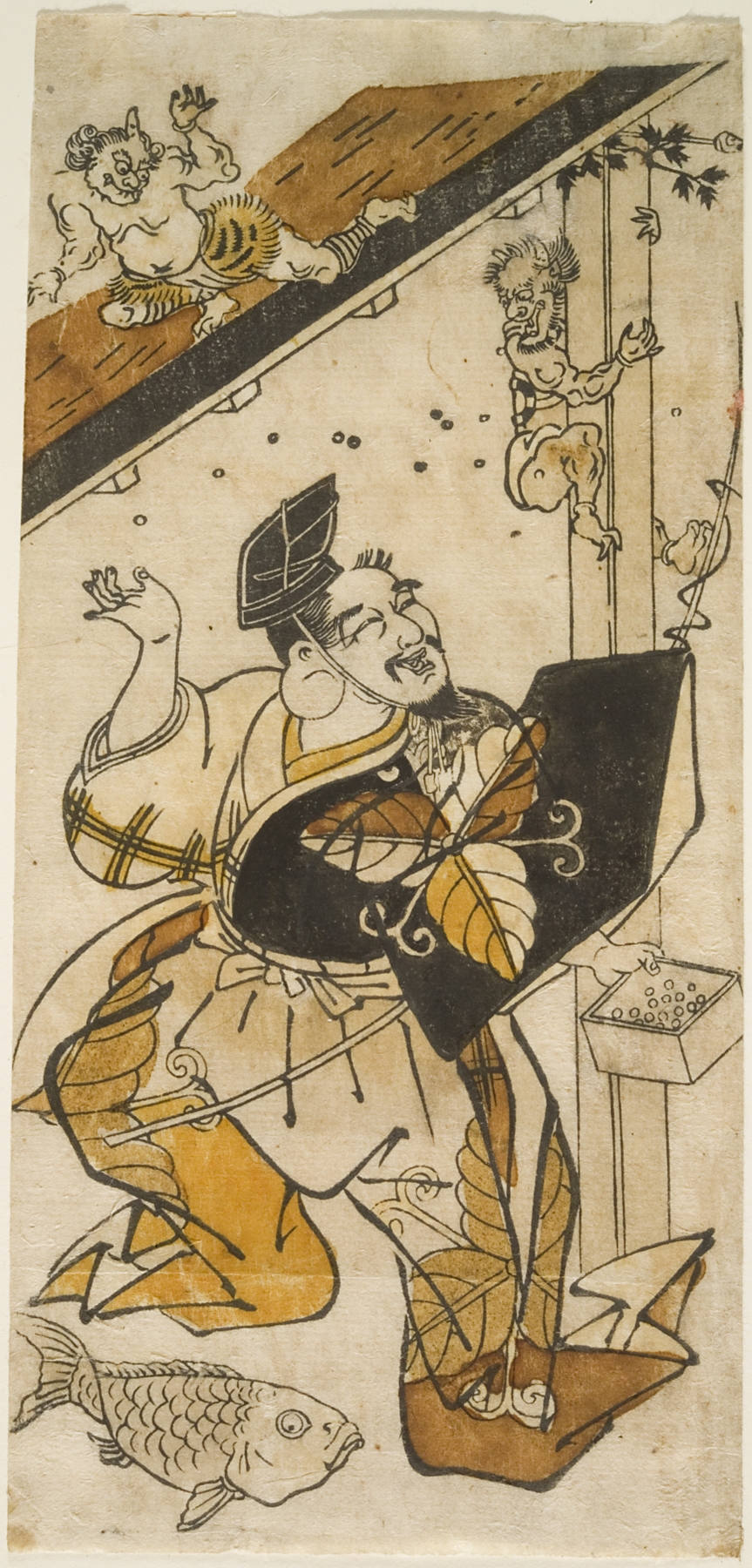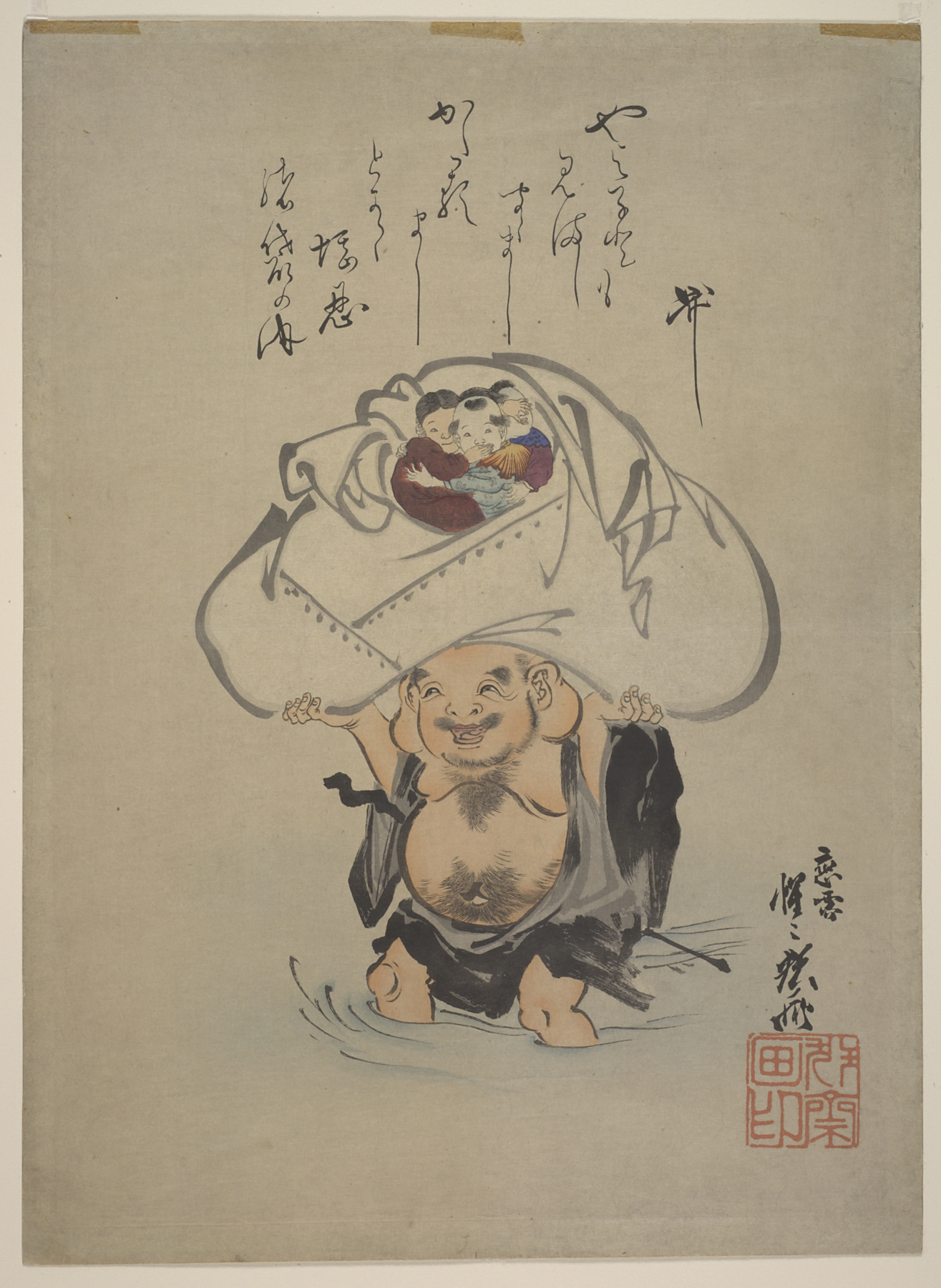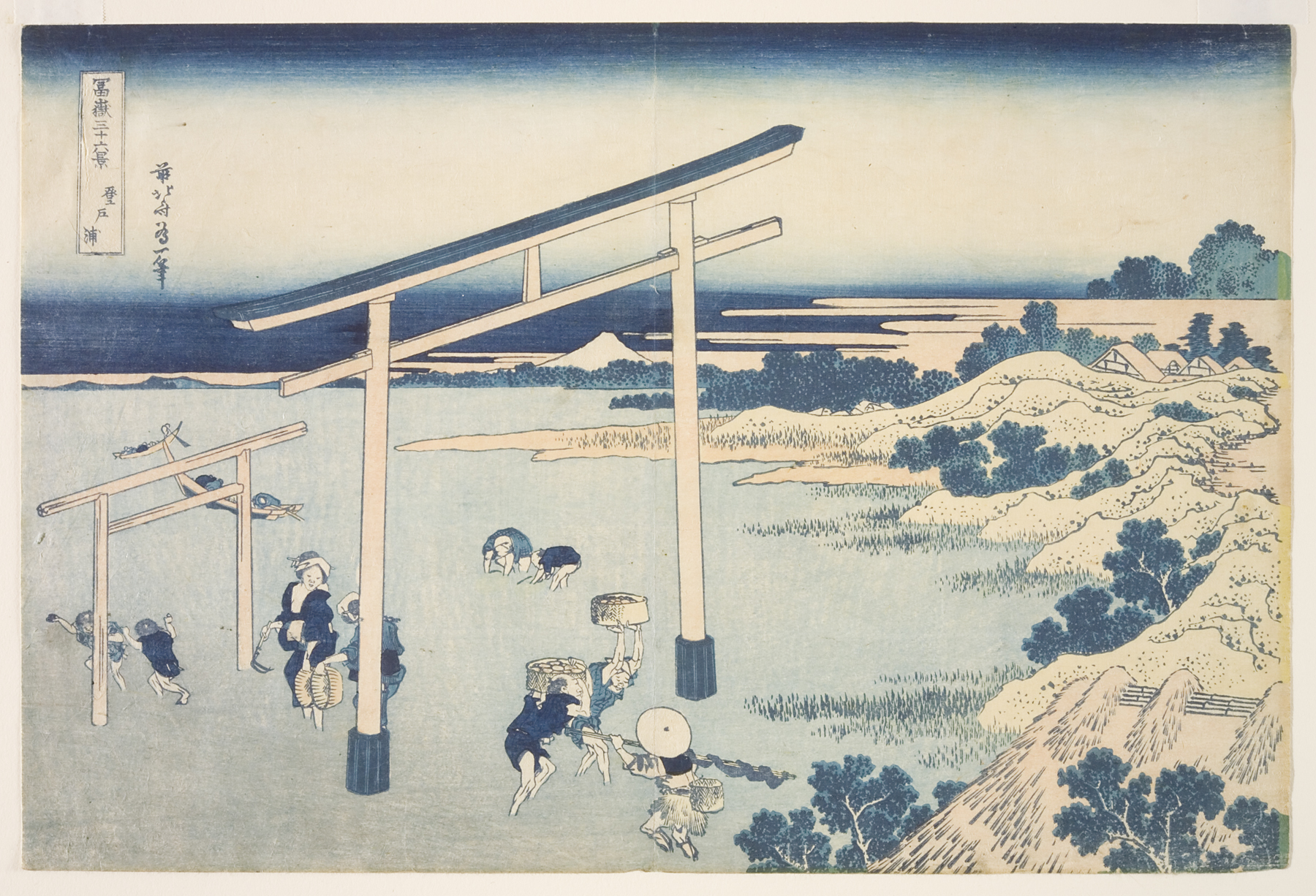Teaching Gallery: Divine Inspiration
Exhibition Overview

For this exhibition, students in the spring 2012 History of Art seminar “Japanese Prints and the American Museum,” taught by Dr. Sherry Fowler, Associate Professor of Japanese Art History, selected Japanese prints from the Spencer Museum of Art collection.



